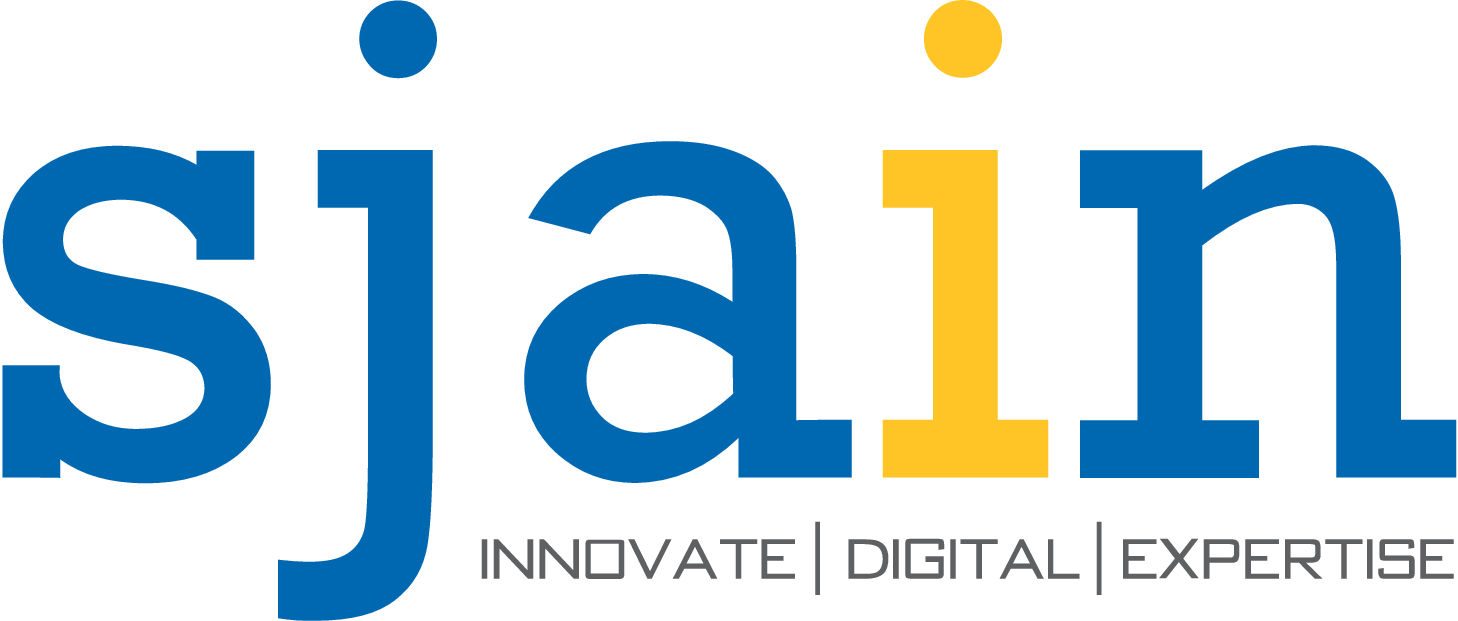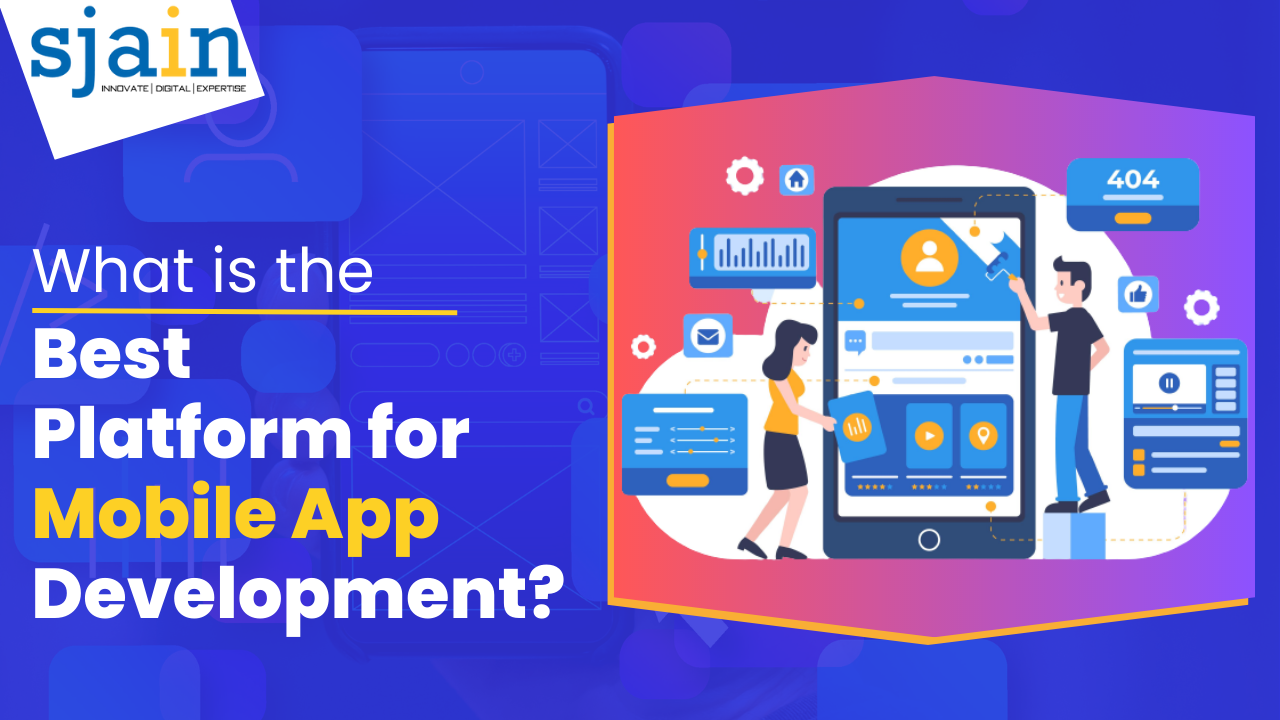What is The Best Platform for Mobile App Development
Mobile applications have evolved from novelty items to important tools for both organizations and consumers in today’s rapidly changing digital economy.
Due to the increasing use of smartphones and tablets, there is a new demand for creative and easy-to-use mobile apps. However, amidst this surge, a critical decision confronts developers and businesses alike: the choice of platform for mobile app development.
This choice has the ability to have a major effect on an application’s efficiency, user experience, or overall popularity.
We will go deeply into the multiplicity of platforms accessible for the creation of mobile applications, methodically evaluating their individual benefits and potential drawbacks.
The Mobile App Development Landscape
The contemporary technological ecosystem is characterized by a diversity of platforms, each catering to different preferences, operating systems, and developmental paradigms. These platforms can be broadly categorized into two main streams: native app development and cross-platform app development. Each stream has its own unique attributes, intricacies, and considerations that are integral to the decision-making process.
Native App Development Platforms
Native app development is designing programs tailored to a certain operating system, like iOS or Android. Here are some of the most popular native app development platforms:
iOS (Apple)
Because of its stunning design, simple user interface, and stringent safety features, Apple’s iOS is a formidable competitor in the mobile application development business. Developing apps for iOS entails employing languages such as Swift or Objective-C and harnessing the iOS Software Development Kit (SDK).
Pros:
- Exemplary User Experience: iOS apps are revered for their seamless integration with Apple devices, culminating in a superlative user experience.
- Robust Security Measures: The platform’s stringent security features render it suitable for applications that handle sensitive data or transactions.
- Affluent User Base: The iOS user demographic is characterized by tech-savvy individuals with relatively higher spending potential.
Cons:
- Rigorous App Review Process: The meticulous app review guidelines imposed by Apple can lead to extended app approval timelines, potentially affecting project schedules.
- Limited Customization: In comparison to certain other platforms, iOS restricts certain customization options, potentially affecting app design and user interaction.
- Exclusivity to iOS: Developing exclusively for iOS results in the exclusion of Android users, potentially limiting the app’s reach.
Android (Google)
Google’s Android, commanding the largest market share among mobile operating systems, has solidified its position as an industry giant. Android app development primarily employs languages such as Java or Kotlin and leverages the Android Software Development Kit (SDK).
Pros:
- Vast Market Reach: Android’s pervasive presence on global devices translates to an expansive potential user base, thereby maximizing app exposure.
- Flexible Customization: The platform offers developers greater leeway in terms of app design and functionality customization.
- Streamlined Approval Process: Android apps often undergo a faster approval process compared to their iOS counterparts.
Cons:
- Fragmentation Challenges: Android’s diversity across devices and manufacturers introduces the challenge of ensuring uniform user experiences across a spectrum of hardware configurations.
- Security Concerns: The open nature of the Android platform has led to security vulnerabilities and concerns, necessitating vigilant security measures during app development.
- Monetization Challenges: Android users generally exhibit lower app store revenue per user compared to iOS users, impacting potential profitability.
Cross-Platform App Development Platforms
Cross-platform development emerges as a compelling solution for developers aiming to craft apps that seamlessly operate across multiple operating systems, all while employing a unified codebase. Here, we explore two prominent cross-platform options:
React Native
Engineered by Facebook, React Native empowers developers to construct apps that emulate native experiences through the utilization of JavaScript and React. This framework strives to offer the performance and visual aesthetics akin to native apps while facilitating substantial code sharing across platforms.
Pros:
- Accelerated Development Cycles: React Native facilitates swifter development through code reusability across both iOS and Android platforms.
- Native-Like Performance: The framework’s utilization of native components results in performance levels that closely resemble those of native apps.
- Thriving Community: React Native boasts an active community, engendering a proliferation of pre-built components and resources.
Cons:
- Platform-Specific Challenges: Although cross-platform, React Native might necessitate tailored solutions to accommodate platform-specific functionalities, potentially introducing complexities.
- Performance Trade-offs: While generally robust, complex applications might encounter performance bottlenecks due to the bridge between native and JavaScript code.
- Evolving Landscape: Being a relatively novel technology, React Native’s best practices and approaches are still evolving, necessitating adaptability.
Flutter
Flutter, a creation of Google, emerges as a versatile UI toolkit tailored to crafting natively compiled applications for mobile, web, and desktop from a singular codebase, utilizing the Dart programming language.
Pros:
- Unprecedented Customization: Flutter’s flexibility empowers developers to realize highly customizable and visually captivating designs.
- Real-Time Debugging: The incorporation of a hot-reload feature expedites debugging and enhances real-time code updates during the development process.
- Consistent Performance: Flutter apps are characterized by consistent performance standards across different platforms.
Cons:
- Bulky App Size: Due to bundled libraries, Flutter apps can exhibit larger file sizes compared to some native counterparts, potentially affecting user download preferences.
- Platform-Specific Adaptations: Certain platform-specific features may demand additional coding effort to ensure seamless functionality across diverse devices.
- Resource Limitations: Flutter’s library and component selection might lag behind more established frameworks, limiting the range of available tools.
Conclusion
The choice between native and cross-platform development hinges upon a myriad of factors, all of which are inextricably linked to the specific context of each project. Variables such as the target audience, financial resources, project timeline, and desired feature set play pivotal roles in determining the most suitable platform.
Native Development: While demanding greater resources, native development invariably offers unparalleled performance and platform-specific advantages. It is an apt choice for projects necessitating optimal performance, intricate user experiences, and the utilization of specific hardware features.
Cross-Platform Development: The allure of cross-platform development stems from streamlined development processes and code-sharing benefits. This method is especially useful for projects where speed to market is critical and app functionality must be consistent across platforms.

